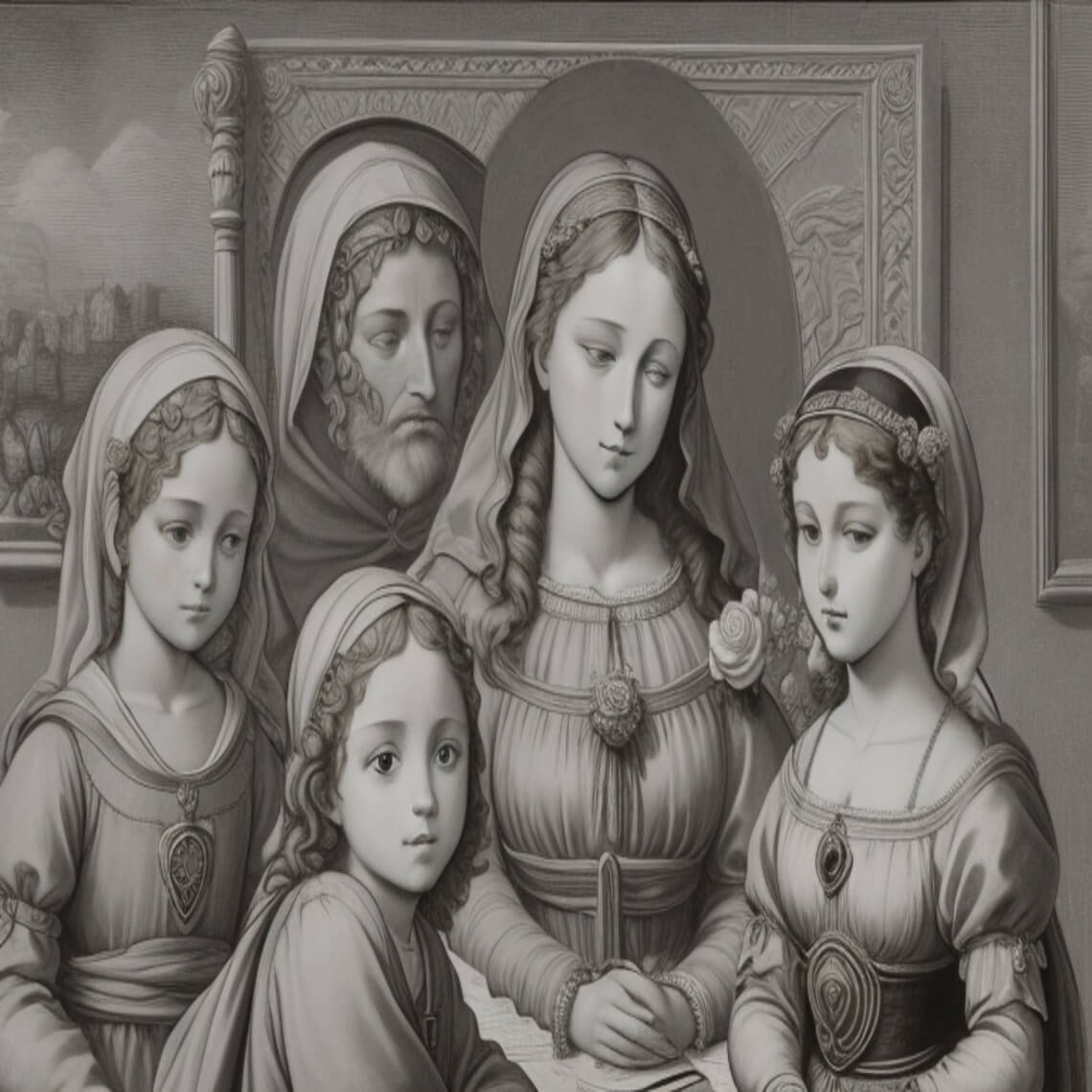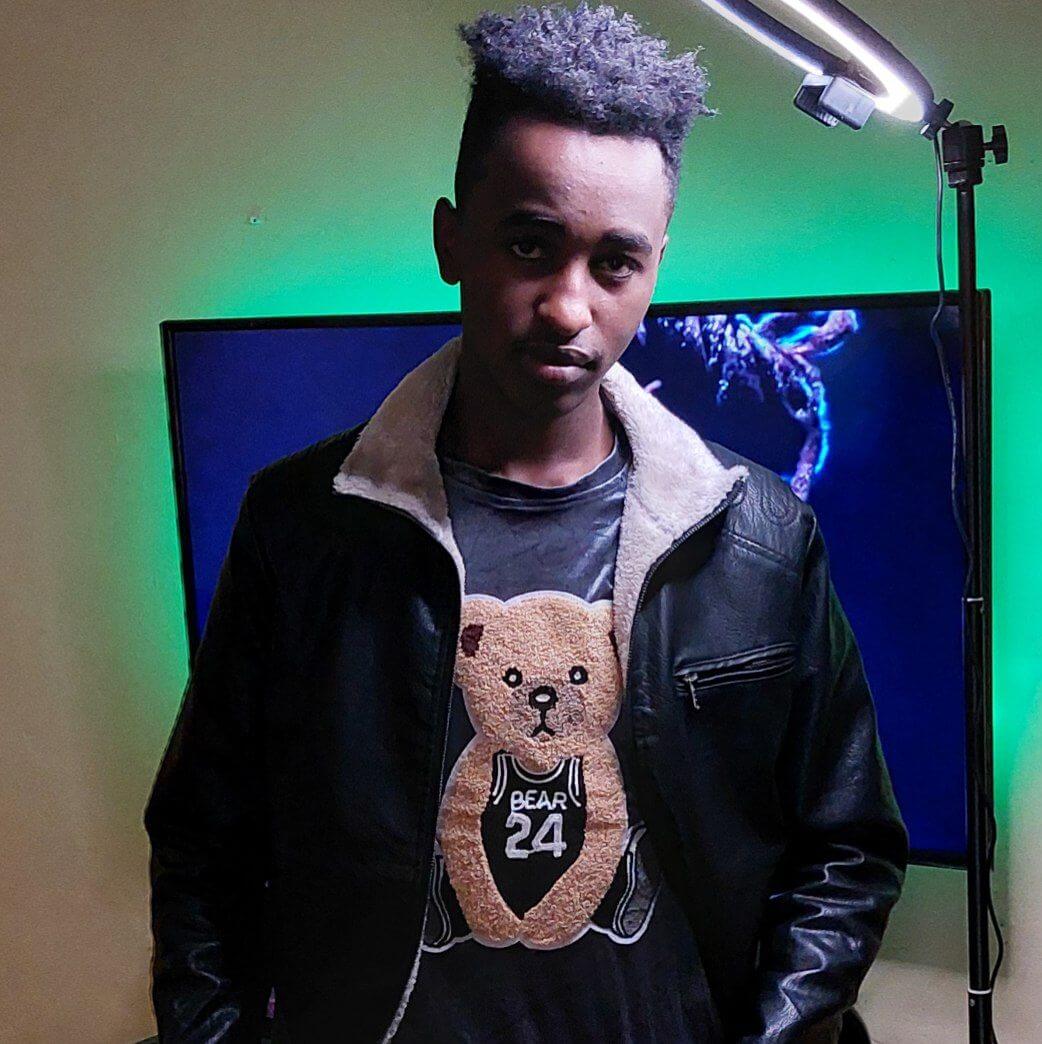In a remarkable collaboration of global researchers with a shared passion for art, cutting-edge software powered by artificial intelligence (AI) has been developed to detect potential forgeries among masterpieces, including works attributed to the renowned artist Raphael. The AI system, designed to scrutinize the subtle nuances of brushwork and technique, has cast a discerning eye on Raphael’s iconic “Madonna of the Rose,” suggesting that a portion of the masterpiece may not be the handiwork of the esteemed Renaissance painter.
Unmasking the craft of art forgery
Art forgery, a craft that has bedeviled the art world for centuries, hinges on the ability to replicate the style of master artists with astonishing precision. However, even the most skilled forgers cannot escape the microscopic variations that betray the unique touch of an individual artist. This software has been developed to exploit these telltale signs, differentiating between the brushwork and paint application techniques employed by various artists.
The technical marvel behind the detection
The AI/ML software employs a multi-step approach to distinguish authentic artwork from potential forgeries. First, it analyzes a set of authentic art pieces created by a range of artists, utilizing a ResNet50 model to identify distinctive characteristics. Next, the software undergoes support vector machine (SVM) training to accurately attribute art pieces to Raphael, leveraging the ResNet50 features. Finally, the software meticulously examines fine brush stroke details using four distinct edge detection operators to discern the minutiae that define Raphael’s unique brushwork.
Raphael’s Madonna of the Rose under scrutiny
Putting this innovative software to the test, the team of researchers focused their attention on Raphael’s “Madonna of the Rose.” While the AI system correctly identified Raphael as the artist for the majority of the masterpiece, it raised a captivating question – could a portion of the artwork have been painted by someone else? Closer examination unveiled a tantalizing possibility: the male face depicted in the artwork might not be the handiwork of Raphael, while the remaining elements appear consistent with his artistic style.
The quest for 100% accuracy
While the AI-powered software has demonstrated an impressive ability to discern between authentic and forged art, it is not infallible. In approximately 2 to 3% of cases, the software was unable to identify the correct artist. This underscores the ongoing challenges in the realm of art authentication. Achieving a 100% accuracy rate remains an elusive goal.
The road ahead in art authentication
The development of AI-powered software to detect art forgeries marks a significant stride forward in the quest to preserve the authenticity of invaluable artworks. However, it also raises essential questions about the limitations of technology in this domain. The software, while proficient, should be regarded as a valuable tool rather than a definitive verdict on the authenticity of a piece.
Art authentication: A complex endeavor
The art authentication process is a complex and multifaceted endeavor that encompasses a holistic analysis of a piece’s history, provenance, and physical attributes, in addition to artistic style. AI-based tools such as the one employed in the study can provide invaluable insights, but they should be used in conjunction with traditional art authentication methods.
Final thoughts
As the worlds of art and technology continue to converge, the development of AI-powered software for art authentication is poised to play an increasingly significant role. The intriguing findings concerning Raphael’s “Madonna of the Rose” serve as a testament to the potential of this technology, while also highlighting the need for continued research and refinement.
The collaborative efforts of global researchers have given rise to groundbreaking AI software that offers a fresh perspective on art authentication. While it may not yet achieve perfection, it undoubtedly represents a remarkable leap forward in the ongoing battle against art forgery. As art enthusiasts and experts alike grapple with the implications of this innovation, the world of art authentication stands at a crossroads, embracing the possibilities of technology while upholding the timeless traditions of art investigation.




